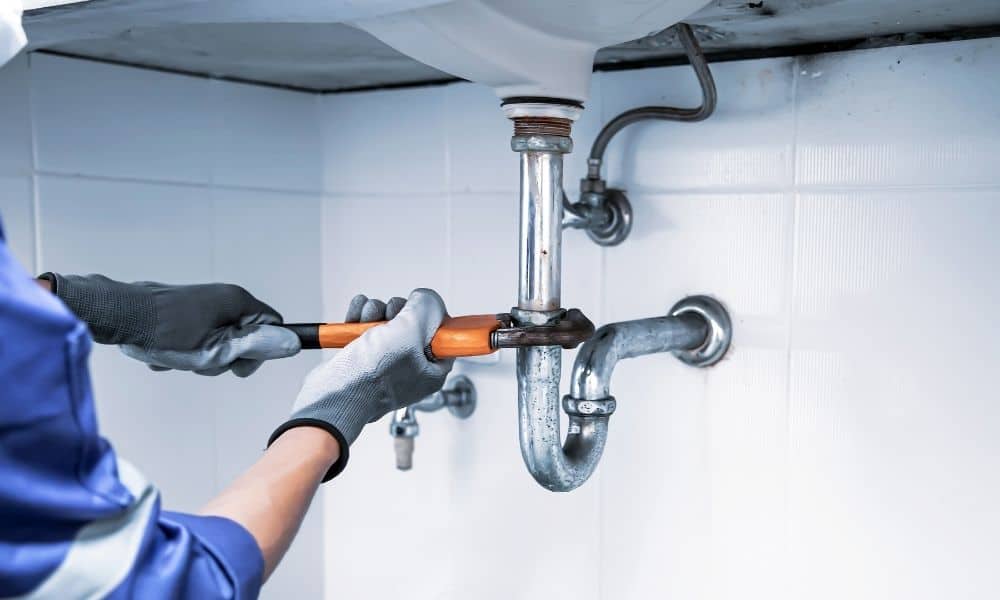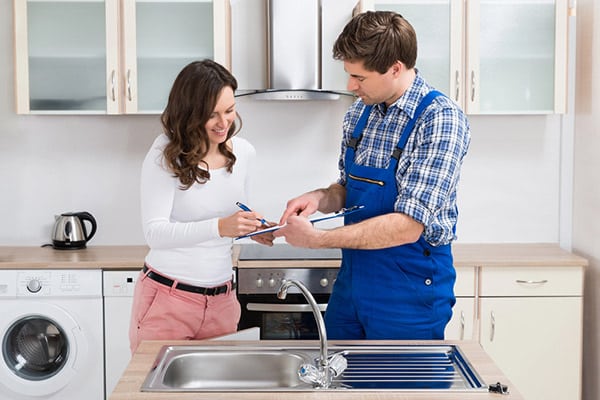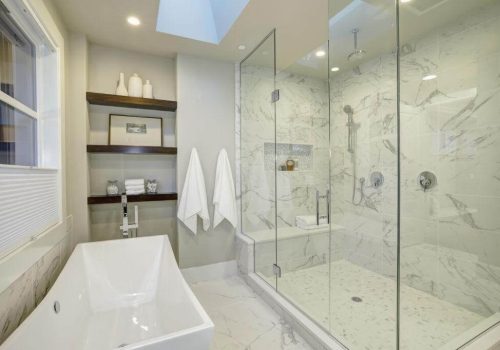Tiny Home Plumbing Solutions: Maximizing Efficiency in Small Spaces

Plumbing in the World of Tiny Homes
Tiny homes are more than just a lifestyle choice—they are a revolution in minimalist living. But as you design your compact, efficient space, plumbing may seem like an afterthought. However, in a tiny home, every inch counts. Plumbing needs to be functional, efficient, and as space-saving as possible.
In this guide, we’ll dive into unique and innovative plumbing solutions specifically designed for the challenges of tiny homes. Whether you’re a tiny home enthusiast, a homeowner, or someone considering the leap into small space living, this article will provide you with expert tips to make your tiny home’s plumbing as efficient and sustainable as possible.
1. Smart Plumbing Design: The Key to Tiny Home Success
Why Design Matters
Tiny homes require thoughtful planning, and plumbing is at the heart of it. One wrong pipe layout or fixture choice can throw off the entire flow of the house. So, how do you design a plumbing system that works well within the limitations of space?
- Optimizing the Plumbing Layout
- Centralized systems vs. decentralized systems: How to choose between a traditional, centralized setup and a decentralized, off-grid solution.
- Efficient use of vertical space: Stack plumbing systems where possible, and use the natural layout of the home to your advantage.
- Space-Saving Fixtures
- Compact Toilets: High-efficiency, low-profile toilets are key. Try models that combine functionality with compactness, like wall-mounted options.
- Foldable Showers: A foldable, retractable showerhead that doubles as a bathtub is perfect for making the most of tiny bathrooms.
- Multi-Functional Sinks: Look for sinks that can serve multiple purposes—like folding up when not in use or combining with a counter for extra workspace.
2. Plumbing Materials: Durability Meets Space Efficiency
Choose Materials Wisely for Long-Term Benefits
When dealing with plumbing in a tiny home, the material choices can make or break the durability and efficiency of the system. Let’s explore some material options that will help you save space, water, and energy.
- Flexible PEX Pipes: Unlike rigid PVC or copper, PEX (cross-linked polyethylene) piping is flexible, durable, and easy to install in cramped spaces. You can bend these pipes around tight corners without compromising their integrity.
- Water-Efficient Fixtures: Tiny homes are all about conserving resources, and your plumbing system should align with that philosophy. Consider installing:
- Low-flow showerheads and faucets to reduce water usage without sacrificing comfort.
- Dual-flush toilets that let you select the flush volume based on your needs.
3. Tankless Water Heaters: The Perfect Fit for Tiny Homes

Traditional water heaters are bulky, inefficient, and take up valuable space in tiny homes. Enter the tankless water heater—a space-saving, energy-efficient alternative.
- On-Demand Hot Water
- Tankless water heaters provide hot water only when needed, which helps save both energy and space.
- Installation Tips: Position the heater near areas that require hot water, like the kitchen or bathroom, to minimize the need for extensive piping.
- Sizing Your Tankless Heater
- Proper sizing is essential. A water heater that’s too large will waste energy, while one that’s too small won’t provide enough hot water. Calculate your home’s needs to determine the ideal size.
4. Eco-Friendly Plumbing Solutions for Tiny Homes
Sustainability Should Be a Priority
Tiny home living is all about sustainability. So, why not integrate eco-friendly plumbing solutions that reduce environmental impact and save resources?
- Rainwater Harvesting Systems
- Install a rainwater collection system to capture rain and use it for non-potable purposes like flushing toilets or irrigating plants. This will drastically reduce your water consumption.
- Greywater Recycling Systems
- Greywater, or wastewater from showers and sinks, can be repurposed for things like landscape irrigation. This is an excellent solution for reducing water waste and keeping your tiny home green.
5. DIY Plumbing Solutions: When to Take Charge and When to Call a Pro
Are You Ready to Get Your Hands Dirty?
Tiny home plumbing systems may seem like a challenge, but many homeowners find success by taking a DIY approach to certain aspects. However, certain situations require professional intervention.
- Basic Plumbing Tips
- Leaks: Tiny leaks can be a huge problem in small spaces. Fix them quickly to avoid mold and water damage.
- Clogs: Use drain covers to catch debris and prevent clogs from forming. Regular maintenance and careful monitoring will save you from big issues down the road.
- When to Call a Professional
- If your tiny home plumbing involves complex systems or you’re dealing with a major leak, it’s best to call in a professional plumber. It can save time and prevent expensive mistakes.
6. Off-Grid Plumbing: Embrace Independence
For many tiny homeowners, going off-grid is part of the charm. But what does off-grid plumbing really mean?
Water Collection Systems
- Rainwater Harvesting: Install a rainwater collection system to use rainwater for non-potable needs. This drastically reduces reliance on municipal water systems.
Solar Water Heating
- Solar energy can be used to heat water in off-grid systems. It’s an efficient and renewable way to power your plumbing system, especially when combined with energy-efficient appliances like tankless water heaters.
7. Troubleshooting & Maintaining Your Tiny Home Plumbing
Maintenance Is Key to Longevity
Tiny home plumbing systems require regular maintenance to avoid unexpected issues. A well-maintained system can last for years without costly repairs.
- Routine Inspections: Check your pipes for leaks or signs of wear and tear. Inspect water heaters to ensure they’re working efficiently.
- Winterizing Your Plumbing: In colder climates, it’s essential to winterize your plumbing to prevent freezing and bursts. Use insulated pipes, and ensure your water heater is properly maintained.
8. The Future of Plumbing in Tiny Homes
Tiny home plumbing isn’t static—it’s evolving. As technology advances and sustainability becomes a higher priority, we can expect to see even more innovative solutions.
- Smart Plumbing Systems
- Future tiny homes may feature smart plumbing systems that use sensors to track water usage, detect leaks, and even adjust temperature settings. These technologies will make tiny home living even more efficient and sustainable.
Conclusion: Plumbing Solutions for a Sustainable, Efficient Tiny Home
Efficient plumbing in a tiny home is more than just a necessity—it’s a way to enhance your lifestyle. By carefully selecting materials, designing space-saving systems, and incorporating eco-friendly solutions, you can enjoy all the comforts of home in a small, efficient package. Whether you’re building a new tiny home or upgrading your existing setup, the right plumbing solutions will make a world of difference.




